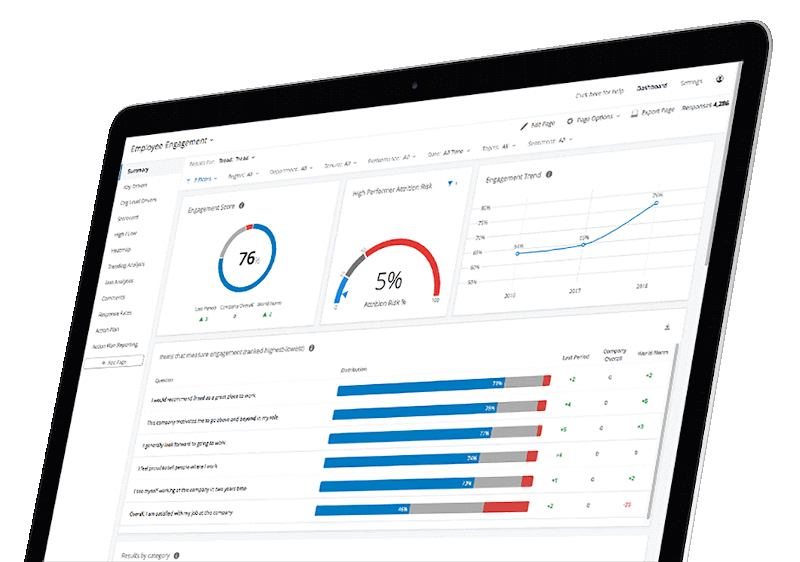In today’s fast-paced and highly competitive business environment, the ability to make data-driven decisions is essential. And that’s where hr analytics software comes in. With analytics, HR departments can unlock valuable insights into their workforce, enabling them to make informed decisions that drive business success. In this comprehensive guide, you can look closely at the power of this software and how it can help business leaders gain a competitive edge.
What is this software?
It is a tool that allows HR departments to collect, analyse, and interpret data related to their workforce. This data can include employee demographics, performance metrics, turnover rates, etc. By leveraging this data, these professionals can identify trends, patterns, and areas of opportunity within their organisation.
What are the benefits of this software?
There are many benefits to using hr analytics software. Some of them are given below:
- Improved Hiring Decisions: It can help companies make better hiring decisions by identifying the traits and characteristics most important for success in a given role. By analysing data on successful hires, HR professionals can create profiles of top-performing employees and use these insights to inform their hiring decisions.
- Increased Employee Retention: By analysing data on employee turnover, HR professionals can identify the factors driving employees to leave the company. Armed with this knowledge, they can address these issues and improve employee retention rates.
- Enhanced Performance Management: It can provide valuable insights into employee performance, allowing HR professionals to identify areas where employees excel and where they may need additional training or support. By leveraging this data, they can create targeted development plans that help employees reach their full potential.
- Better Workforce Planning: By analysing data on employee demographics, HR professionals can better understand their workforce and plan for future needs. It can include identifying skills gaps, anticipating retirement or turnover, and forecasting hiring needs.
- Improved Compliance: It can help companies comply with labour laws and regulations by providing data on key metrics such as overtime hours and employee classifications. By monitoring these metrics, HR can identify and address compliance issues before they become problematic.
How to choose the right software?
Before selecting this software, it’s essential to consider your organisation’s specific needs and goals. Some key factors include the following:
- Ease of Use: It should be easy to use, with a user-friendly interface allowing HR professionals to quickly and easily access the needed data.
- Customisation: It should be customisable to meet your organisation’s unique needs. It may include creating custom reports, dashboards, and metrics.
- Integration: It should integrate with other HR tools and systems, such as applicant tracking systems and performance management software.
- Support and Training: The vendor should offer comprehensive support and training to ensure that HR professionals can fully leverage the power of the software.
How to get started with the software?
To get started, it’s essential to define your goals and objectives. What specific business challenges do you hope to address with the software? What metrics are most important for measuring progress towards these goals? Once you clearly understand your objectives, you can collect and analyse data to gain insights into your workforce.
It’s important to remember that HR analytics is an ongoing process, not a one-time event. To fully leverage the power of this software, you must continually collect and analyse data and use these insights to inform your decision-making.
In conclusion, HR analytics software is critical for business leaders seeking a competitive edge in today’s fast-paced and highly competitive business environment. By leveraging the power of analytics, HR professionals can collect and analyse data related to their workforce, identifying trends, patterns, and areas of opportunity within their organisation. It can lead to improved hiring decisions, increased employee retention, enhanced performance management, better workforce planning, and improved compliance. When selecting a software solution, it’s essential to consider factors such as ease of use, customisation, integration, security, and support and training. By defining clear goals and objectives and collecting and analysing data, businesses can use this software to make informed decisions that drive business success.
